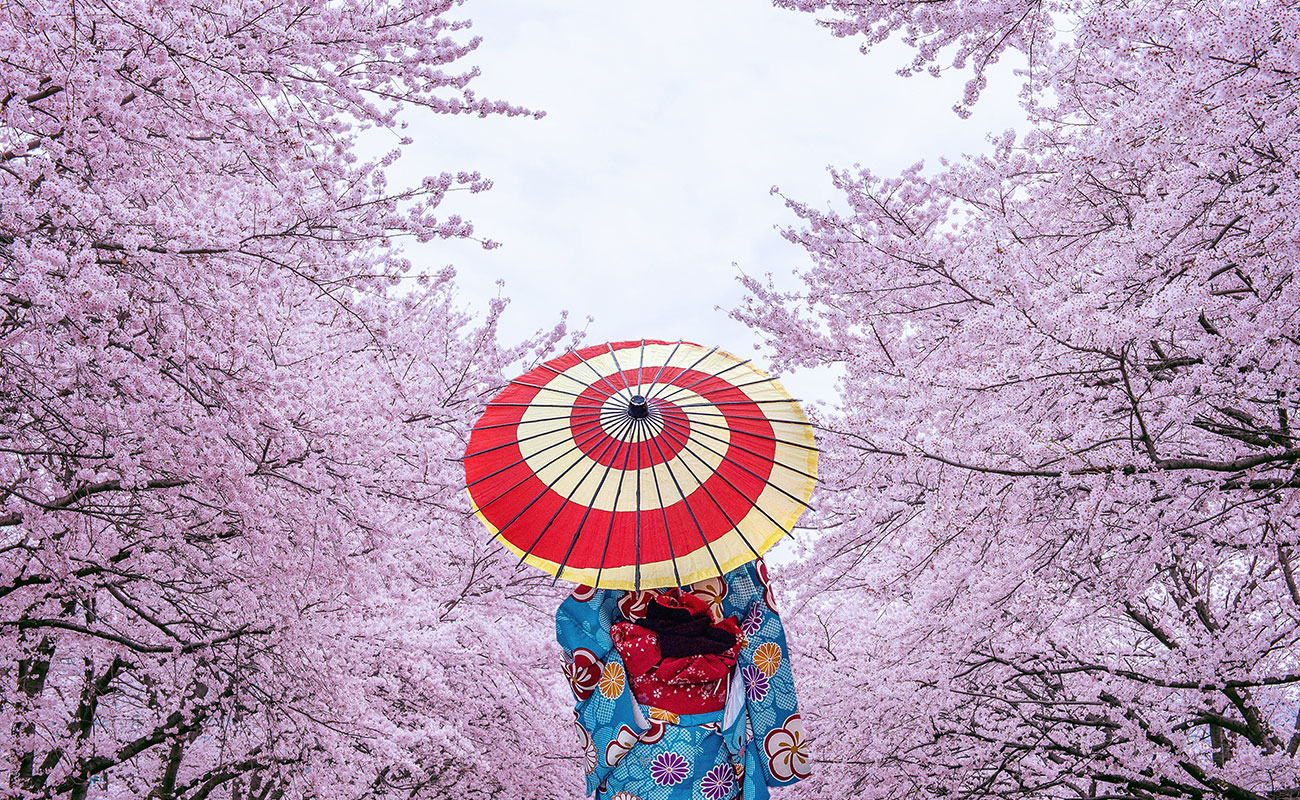Japan is a country known for its rich culture, stunning landscapes, and bustling cities like Tokyo and Kyoto. However, hidden away from the urban sprawl lies a world of tranquility and natural beauty in Japan’s lesser-known villages. As we look ahead to 2025, these quiet rural retreats are emerging as top travel destinations, offering an escape from the usual tourist crowds. But what makes Japan’s hidden villages so special? Let’s explore why they are set to become one of the most sought-after travel spots in the coming years.
Japan’s Rural Charms: The Allure of Hidden Villages
A Step Back in Time, Away from the Crowds
“For travelers seeking authenticity and serenity, Japan’s hidden villages offer an escape to a world that feels frozen in time.”
While Japan’s cities offer cutting-edge technology, vibrant nightlife, and cultural landmarks, its rural villages offer something else entirely: an unhurried pace of life, traditional customs, and breathtaking landscapes. These hidden gems are nestled in Japan’s mountains, forests, and along its serene coastlines, offering a stark contrast to the neon-lit streets of Tokyo or the ornate temples of Kyoto.
The growing interest in sustainable travel, slower-paced vacations, and immersion in local culture is pushing Japan’s hidden villages into the spotlight. These destinations are perfect for travelers who wish to experience the authenticity of Japan beyond its iconic tourist spots.
Why Are Japan’s Hidden Villages Gaining Popularity?
A Desire for Authenticity and Peace
“In a world dominated by social media and instant gratification, Japan’s villages offer a return to simplicity and the chance to reconnect with nature and tradition.”
For many travelers, the hustle and bustle of popular tourist cities have lost their charm. There’s a growing desire for travel experiences that go beyond overcrowded landmarks and give visitors a chance to immerse themselves in local culture. Japan’s hidden villages provide this much-needed escape. Here’s why these villages are becoming top travel destinations:
- Authenticity: These villages have preserved traditional ways of life that date back centuries. From ancient farming practices to unique culinary traditions, visitors get a firsthand look at Japan’s deep cultural heritage.
- Tranquility: With fewer tourists, the villages offer a peaceful atmosphere, perfect for unwinding and escaping the stresses of modern life.
- Nature and Sustainability: Many hidden villages are located in stunning natural settings, such as mountains, rivers, and forests. With a growing focus on sustainable tourism, these villages offer eco-friendly accommodations and experiences that minimize environmental impact.
Top Hidden Villages to Visit in 2025
1. Shirakawa-go: A UNESCO World Heritage Village
“Shirakawa-go’s iconic gassho-zukuri houses are a testament to Japan’s architectural history, and the village’s serene beauty is bound to leave travelers in awe.”
Nestled in the Japanese Alps, Shirakawa-go is a picturesque village known for its traditional gassho-zukuri houses—steep, thatched-roof structures built to withstand heavy snow. A UNESCO World Heritage Site, this village is a living testament to Japan’s rural architectural history. The snow-capped mountains, flowing rivers, and peaceful surroundings make it a dream destination for nature lovers and photographers alike.
- Key Experiences: Explore the historic farmhouses, enjoy local delicacies like Shirakawa-go miso, and participate in seasonal festivals.
- Why Visit: Shirakawa-go offers an unforgettable glimpse into Japan’s agricultural past, making it perfect for travelers seeking a quiet, traditional experience.
2. Ouchi-juku: A Village Frozen in Time
“In Ouchi-juku, you’ll feel like you’ve stepped back into Japan’s Edo period, with thatched-roof huts and narrow lanes lined with rustic charm.”
Ouchi-juku, located in the mountains of Fukushima Prefecture, is a charming post-town that once served travelers along the old Aizu-Nishi Kaido road. The village’s traditional thatched-roof huts and rustic atmosphere transport visitors to Japan’s Edo period. Surrounded by lush landscapes, Ouchi-juku offers a slower pace of life, where visitors can experience traditional crafts, warm soba noodles, and scenic hikes.
- Key Experiences: Take part in traditional soba making, explore the mountain trails, and enjoy the village’s winter illuminations.
- Why Visit: Ouchi-juku’s tranquil setting makes it an ideal destination for those looking to unwind and embrace the charm of rural Japan.
3. Gokayama: A UNESCO-Listed Hidden Gem
“Gokayama’s peaceful environment, combined with its rich cultural heritage, makes it a perfect place to discover the beauty of rural Japan.”
Another UNESCO World Heritage Site, Gokayama is located in the northern part of the Gifu Prefecture, near Shirakawa-go. Like its famous neighbor, Gokayama is known for its gassho-zukuri houses and stunning mountain vistas. Visitors can explore traditional farmhouses, experience local festivals, and enjoy the serenity of this rural paradise.
- Key Experiences: Stay in a gassho-zukuri house, hike along nature trails, and discover traditional crafts such as teddy bear making.
- Why Visit: Gokayama is perfect for travelers seeking a peaceful retreat and an authentic taste of rural Japan.
4. Kusatsu: Hot Springs and Natural Beauty
“Kusatsu’s hot springs are legendary, and the village’s traditional ryokan inns provide a quintessential Japanese wellness experience.”
Kusatsu, located in the mountains of Gunma Prefecture, is famous for its natural hot springs. The village’s yubatake (hot water field) is a symbol of its thermal baths, where visitors can relax and rejuvenate in mineral-rich waters. Surrounded by lush nature, Kusatsu also offers outdoor activities like hiking, skiing, and exploring the nearby Jigokudani Monkey Park.
- Key Experiences: Soak in the famous hot springs, visit the Yubatake, and explore the surrounding mountain landscapes.
- Why Visit: Kusatsu combines wellness with nature, making it a perfect destination for relaxation and rejuvenation.
The Future of Rural Tourism in Japan
A Shift Toward Sustainable Travel
“Japan’s hidden villages represent the future of sustainable tourism, where preservation of culture, nature, and local economies go hand in hand.”
With global tourism increasingly focused on sustainability and responsible travel, Japan’s hidden villages are emerging as the ideal destination for conscious travelers. These villages offer eco-friendly accommodations, traditional farming experiences, and authentic cultural exchanges, ensuring that visitors can experience Japan without compromising the environment.
By supporting these rural communities, travelers help preserve Japan’s cultural heritage and contribute to the local economy. As tourism becomes more focused on sustainability, Japan’s hidden villages will likely continue to rise in popularity in the years ahead.
Conclusion: Japan’s Hidden Villages Are the 2025 Destination
Japan’s hidden villages offer a unique opportunity to experience the country’s deep cultural roots, stunning natural landscapes, and peaceful way of life. As 2025 approaches, these quiet rural retreats are poised to become one of the most sought-after travel destinations. Whether you’re looking to explore traditional architecture, relax in natural hot springs, or immerse yourself in the timeless beauty of the Japanese countryside, these villages are waiting to be discovered. Get ready to experience the charm of rural Japan like never before!








